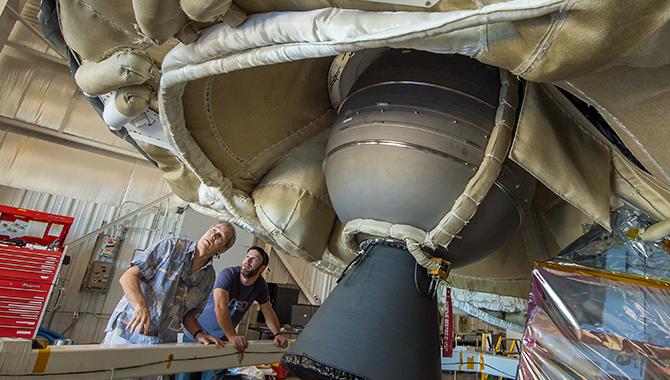
On the journey to Mars, small steps can be as valuable as giant leaps forward. The recent Low-Density Supersonic Decelerator (LDSD) test is a prime example.

On the journey to Mars, small steps can be as valuable as giant leaps forward. The recent Low-Density Supersonic Decelerator (LDSD) test is a prime example.
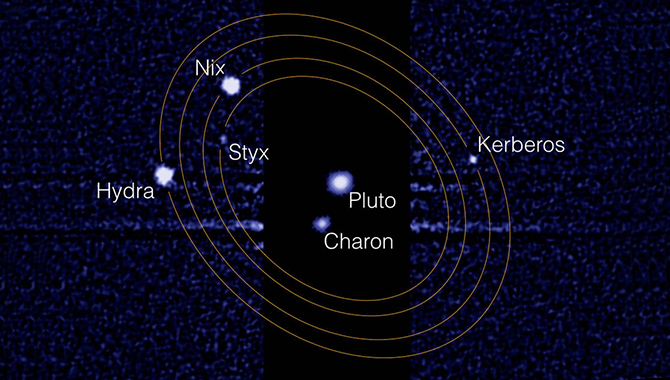
Findings from the Hubble Space Telescope reveal a chaotic environment around Pluto that could endanger the upcoming New Horizons flyby.
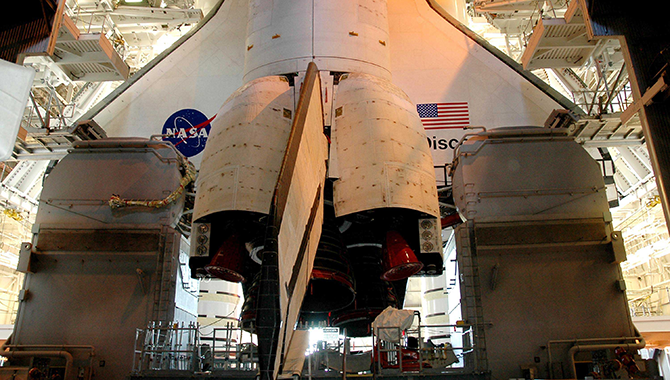
At Kennedy Space Center’s Launch Equipment Test Facility, I learned the hard way that supposedly bulletproof designs are not necessarily as trouble-free as they may appear.
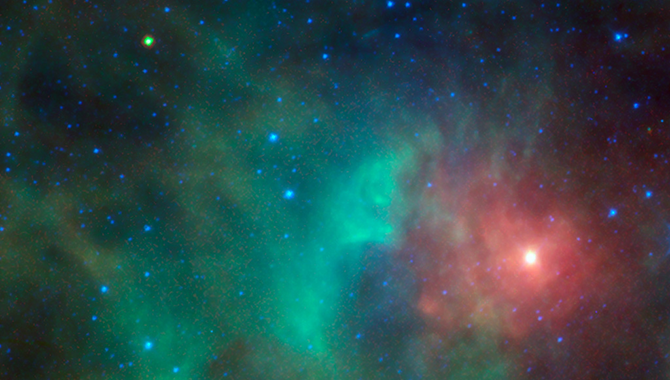
In 2013, NASA repurposed a non-operational spacecraft as an asteroid hunter. That mission now helps protect Earth—while contributing to the journey toward Mars.
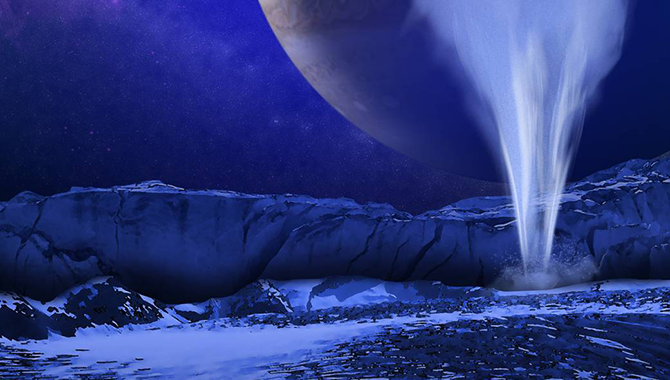
State-of-the-art science instruments have been selected to help the Europa mission answer the big question: Are we alone in the universe?
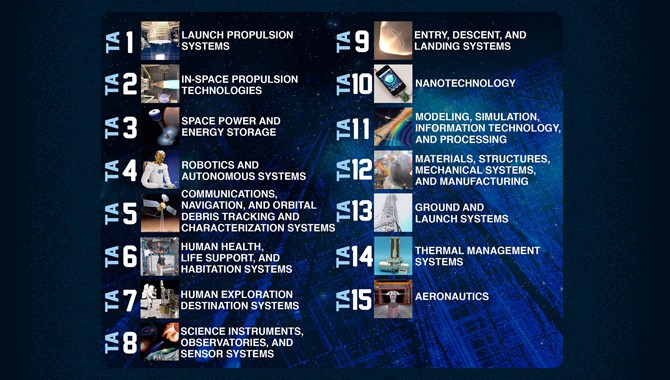
NASA recently released the draft 2015 Space Technology Roadmaps, which identify promising new technologies that could advance agency missions.
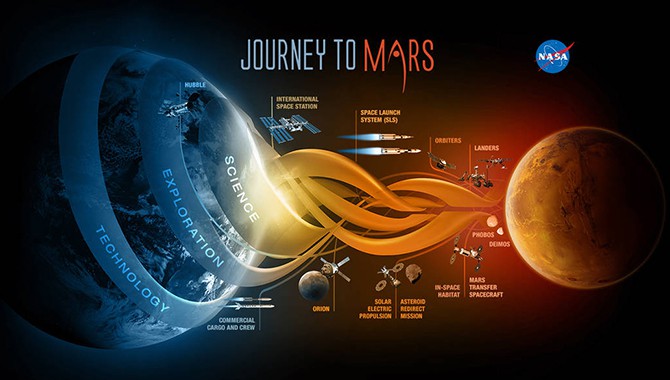
At a recent summit meeting, Charles Bolden discussed NASA’s plan to reach Mars. “This plan is clear. This plan is affordable. And this plan is sustainable,” he said.
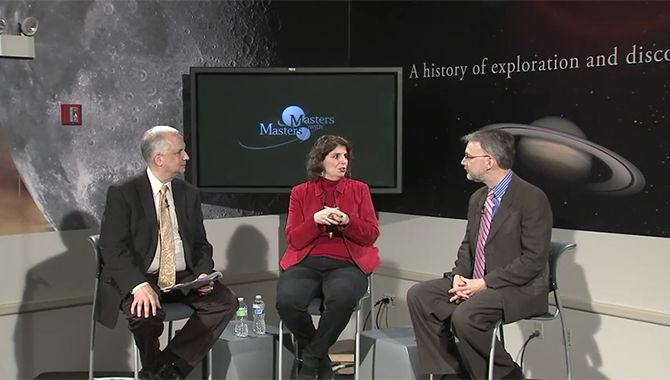
Chief Knowledge Officer Ed Hoffman moderated a lively discussion with two master practitioners at NASA’s Glenn Research Center (GRC).
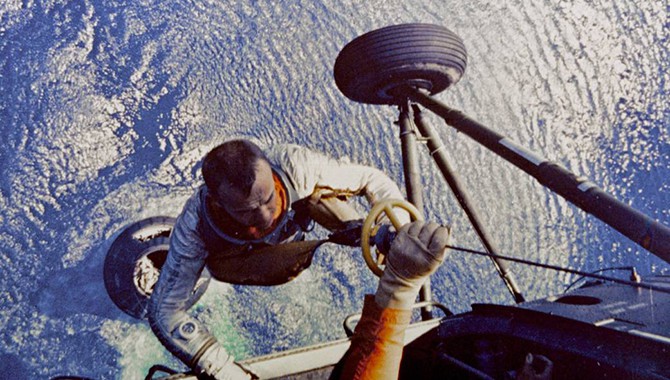
Mercury-Redstone 3, the first American manned mission to space, engaged the world—and cleared a path to the moon.